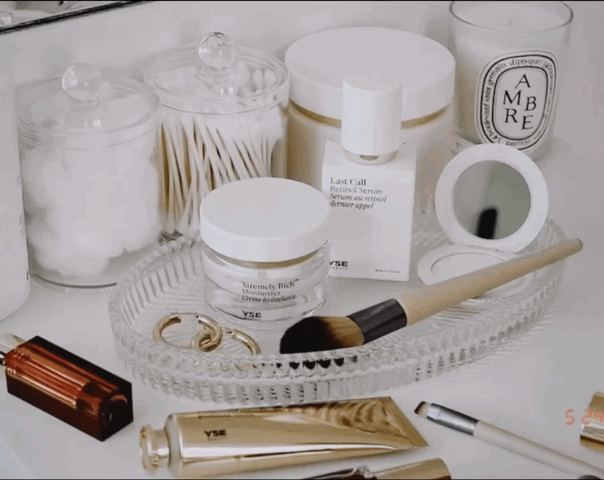The only thing worse than tiny, fire engine-red marks all over your face are the indentations or hyperpigmentation they leave behind. You thought you left your cringey adolescence in the past, but surprise—you’re left with lifelong memories. Or are you? If you’re wondering how to remove acne scars, you’ve come to the right place.
Now more than ever, there are so many variations of treatment, obviously depending on the intensity and age of your scars. There’s everything from natural and over-the-counter remedies, to more intensive prescriptions, lasers and sometimes even surgery.
There are a handful of chemical peels (salicylic acid is known to target both active acne and scarring). Retinoids are also often effective, as they’re known to stimulate collagen, which can fill in concave scars. There are also derm-approved retinol alternatives for sensitive skin. Microneedling is another often effective way to treat acne scars, as this treatment also stimulates collagen (and at a much higher and quicker rate).
To help you heal those scars, we're breaking down the different types, and giving you our best tips + tricks to treating them.































































